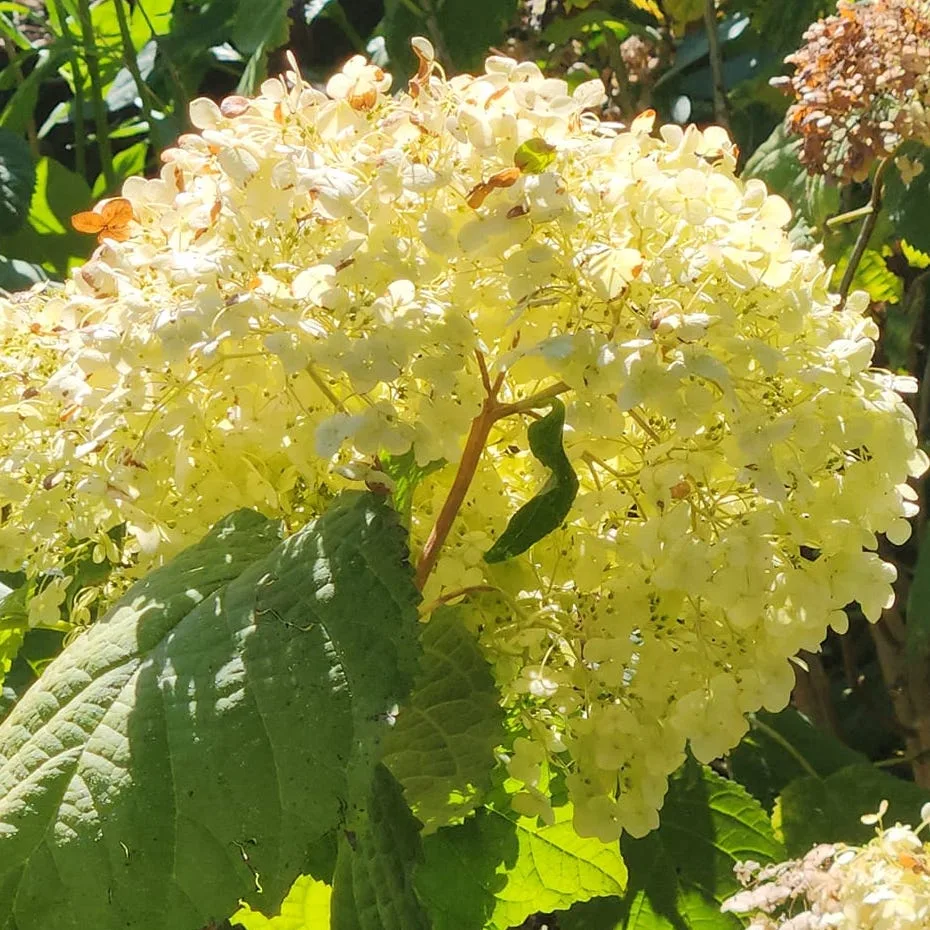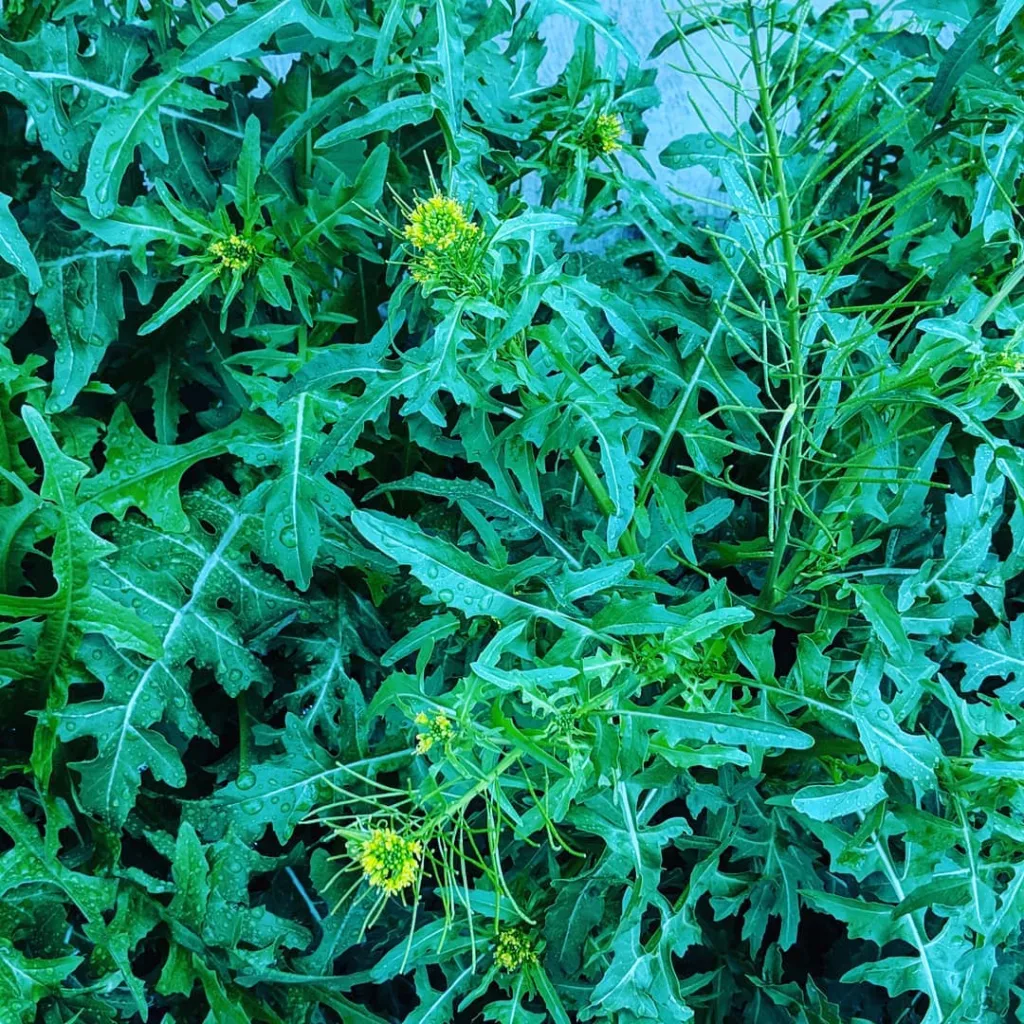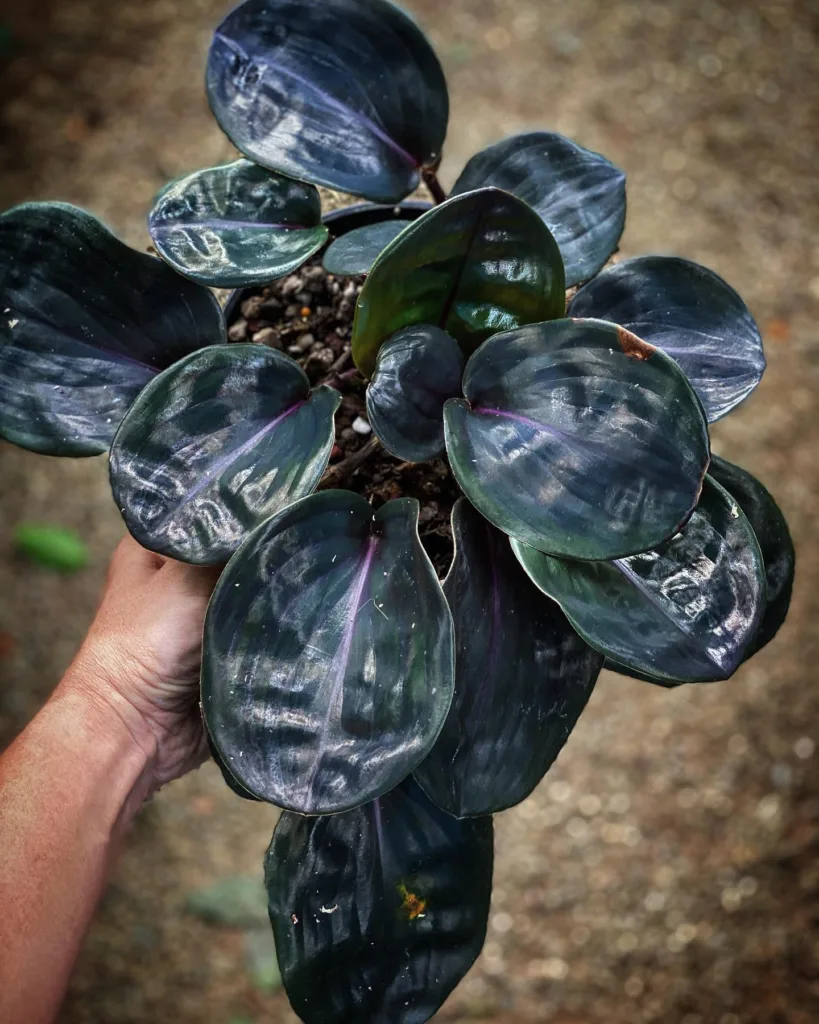FAQs About Encelia Densifolia
As a plant enthusiast, I’ve spent a fair amount of time exploring various species, and Encelia Densifolia, also known as the Denseleaf Encelia, belong to the Asteraceae family, has certainly caught my attention. Its vibrant yellow blooms and resilient nature make it a standout in any garden. If you’re curious about this fascinating plant, let me walk you through some common questions and answers.
Plant Family: 1720 Genera in Asteraceae
What Is Encelia Densifolia?
Encelia Densifolia is a drought-tolerant shrub native to the southwestern United States and northern Mexico. It’s known for its dense, silvery-green foliage and bright yellow flowers that resemble sunflowers. This plant thrives in arid conditions and is well-suited for desert landscapes. Its low maintenance and striking appearance make it a popular choice for xeriscaping.
How to Care for Encelia Densifolia?
Caring for Encelia Densifolia is relatively straightforward, especially if you’re familiar with desert plants. Here are some key care tips:
- Sunlight: Encelia Densifolia thrives in full sun. It requires at least six hours of direct sunlight each day to grow and flower optimally.
- Watering: This plant is highly drought-tolerant. Once established, it needs minimal watering. During the growing season, a deep watering every 2-3 weeks is usually sufficient. In winter, reduce watering even further.
- Soil: Well-draining soil is essential. A sandy or gravelly soil mix is ideal. Avoid heavy clay soils as they can lead to root rot.
- Fertilizing: Encelia Densifolia doesn’t need much fertilization. A light application of a balanced fertilizer once a year in early spring will suffice.
- Pruning: Prune after the flowering season to remove any dead or damaged branches. This will encourage healthy growth and maintain the plant’s shape.
How to Propagate Encelia Densifolia?
Propagation of Encelia Densifolia can be done through seeds or cuttings:
- Seeds: Sow seeds in well-draining soil. Keep the soil moist until the seeds germinate. After they sprout, ensure they receive ample sunlight. Transplant seedlings once they are strong enough.
- Cuttings: Take semi-hardwood cuttings in late summer or early fall. Dip the cuttings in rooting hormone and plant them in a mix of sand and perlite. Keep the soil moist and place the cuttings in a warm, sunny location until they root.
What to Plant With Encelia Densifolia?
Encelia Densifolia pairs beautifully with other drought-tolerant plants. Here are some great companions:
- Desert Marigold (Baileya Multiradiata): Its bright yellow flowers complement the Denseleaf Encelia.
- Red Yucca (Hesperaloe Parviflora): Adds a contrasting texture and color to the garden.
- Penstemon (Penstemon spp.): Provides additional color and attracts pollinators.
Benefits of Encelia Densifolia
Encelia Densifolia offers several benefits:
- Low Maintenance: It requires minimal water and care, making it perfect for busy gardeners or those living in arid regions.
- Drought Tolerance: Its ability to thrive in dry conditions makes it ideal for xeriscaping and water-wise gardens.
- Attracts Pollinators: The bright yellow flowers attract bees and butterflies, supporting local ecosystems.
Is Encelia Densifolia Toxic?
No, Encelia Densifolia is not toxic to humans or animals. It is a safe choice for gardens where pets and children play.
Common Problems with Encelia Densifolia
While Encelia Densifolia is generally resilient, a few issues can arise:
- Overwatering: This can lead to root rot, especially in heavy soils. Ensure proper drainage to avoid this problem.
- Pests: Though rare, aphids and spider mites can sometimes infest the plant. Regular inspection and treatment with insecticidal soap can help manage these pests.
How Does Encelia Densifolia Compare to Similar Plants?
Encelia Densifolia is often compared to other desert plants like Encelia Farinosa (Brittlebush). Here’s a quick comparison:
- Encelia Densifolia vs. Encelia Farinosa: While both are drought-tolerant and have yellow flowers, Encelia Farinosa has a more sprawling growth habit and lighter green foliage compared to the denser, more compact Encelia Densifolia.
- Encelia Densifolia vs. Desert Marigold: Desert Marigold is another excellent desert plant with yellow flowers but typically has a more upright growth habit and slightly different flower shape.
In conclusion, Encelia Densifolia is a remarkable plant for anyone looking to add a splash of color to their garden while minimizing maintenance. Its drought tolerance and vibrant blooms make it a standout choice for arid landscapes. With the right care and a few companion plants, it can become a focal point in your garden.
If i die, water my plants!



